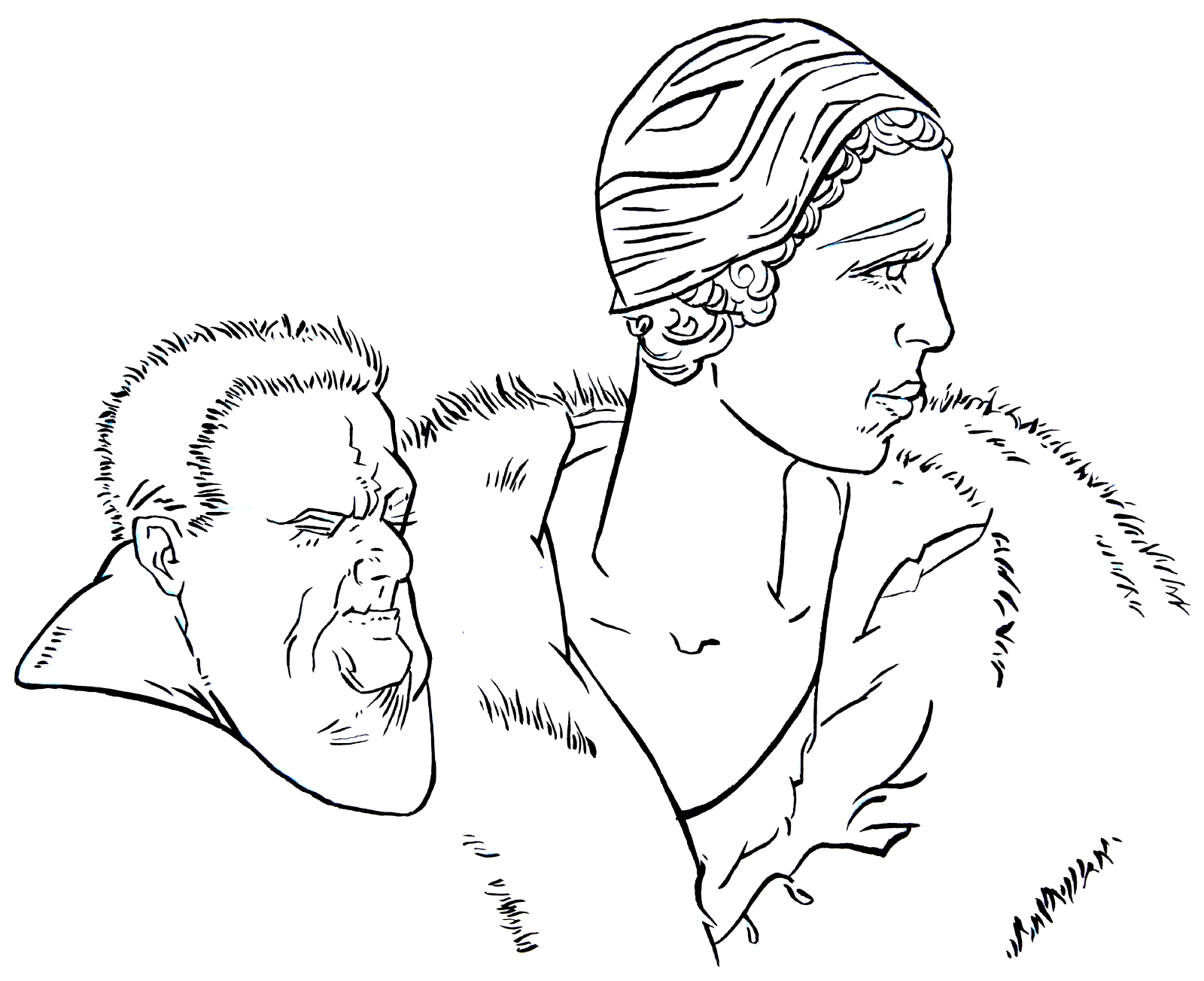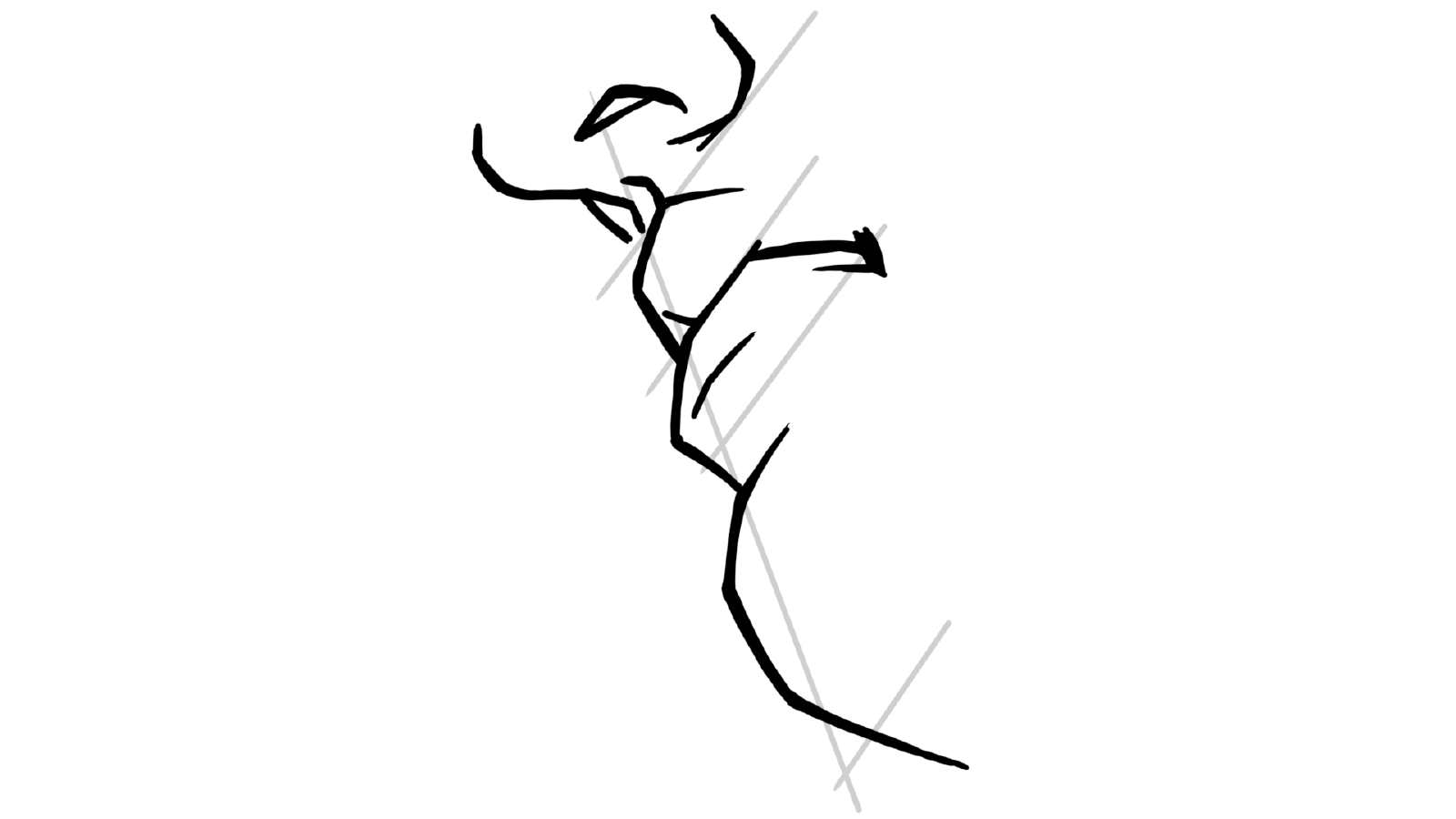#24 - Testing Your Art? The Only Way To Get At The Truth Is To Question Everything, And Then Test
Seeing your art as a consumer product.He found out the anatomy books were wrong!
For fifteen hundred years, people had believed that something made of lead fell faster than feathers. Then, one day, Galileo Galilei decided to test that assumption. He dropped a piece of lead and feathers in a vacuum tube. And they fell equally fast!

Through testing, he had found out that what everyone had believed to be true was false!
This was the basis upon which the empirical sciences were built. To arrive at the truth, you had to verify every assumption through experiments that needed to be reproducible because other scientists had to assume you had made a mistake. The same experiment had to be independently done by several other scientists to ensure there wasn’t a wrong assumption.When you make software for the general audience, it is vital that you make the user interface easy to understand and use. And the best way to find out is to try it out on real people. And you think it is easy to use; you assume it is. But it may not be. And the best way to find out is to try it out on real people.
You invite people in, and you explain to them that if they fail at a task, it is not their fault but a fault in the software. You want to discover these faults so you can fix them. You then set them a task, and you force yourself not to explain things as you watch them fail at performing the task because the thing you thought was oh so obvious is not so to them. The interesting thing is that you only need to test it on a few people. If one person doesn’t get something, you’ll usually notice that many people don’t get it.
It’s a humbling experience for an engineer. You thought you had made it easy to understand, but you are too close to it to see its flaws.
So you go back and fix these and try the new version on a new audience.
A key aspect of it is that you sit next to them—video them, even—and watch, observe their actions and facial expressions. Better even is if you can get them to think out loud.
I am jealous of stand-up comedians because they can also test their material that way. I don’t know if you’ve ever stood on a stage, but it is essentially a black hole in front of you that you verbally throw your material into. The comedian writes his material, and maybe only twenty percent of it is any good. They go to an open mic night, and their stage character—their shtick—tosses their material into that black hole, and they get an immediate response: roaring laughter or silence. When the audience has died, a light goes on at the back, and they have to get off stage for the next comedian.
Trying out your material on a real live audience as you are there with them to observe them.
I read about film directors being at the first screening of their film, sitting in the front not watching the film, but watching the audience instead, to see their response. The director can probably still fix things in the editing room.
I was into wordless comics a while back, and I remember showing it to someone, and they were leafing through the images, and only at almost the very end did they realize they had only looked at the images and that they had missed the story. They leafed back to read it. That was an eye-opener.
In the beginning, I tested my YouTube videos on my resident YouTube expert—my daughter, watching for that moment when her eyes started to look away in search of a distraction.
We artists are introverts. We like to work alone in our studios. But we often make art that is meant to make people other than ourselves think or feel something. And is your art delivering that message of emotion? If you have a chance, one way to find out is to try to watch people as they see your work for the first time. Just their facial expressions and such will tell you a lot about how they respond to your work. The odds are that you might get some ideas on how to improve your art.
This is a quick challenge, but it can be a scary one for us introverts. We like being alone with our sketchbooks. But I encourage you to try it at least once anyway! Chances are you will learn a lot from the experience. Worst case, you had an excuse to show your art to someone.
The challenge is simple: find someone who hasn’t seen your art yet, and show it to them while sitting next to them. The whole point of this challenge is to see how they interact with your work. What is their facial expression? Are they studying it longer or skipping past drawings quickly?
If they read a story or comic you made, are they leafing back to the beginning because they do not understand something? Are they flipping forward to see how many pages they have to read still? And at what point are they doing that?
If you can get your work on a wall somewhere, try to go incognito and observe how people interact with your work.
The chances are that you will learn about what people like and also what people find unclear about your work.
You don’t necessarily need to do anything with this information. You should be making art to satisfy an inner need. But it can be helpful to “read” people as you watch them interact with your work. It might help you improve your work in ways you may appreciate.
You cannot do this on social media where you can’t sit around while strangers look at your work unless you can sit next to them and show them your work on your mobile, of course. This can be very useful also.
Instead of asking people what they think of your work, show them your work, and observe how they respond.
Related
I wrote some further thoughts about the benefits of questioning your assumptions here .
Here, I talk about the things that you as an artist can learn from making YouTube videos. A great advantage is that you can look at the statistics of how people interact with your work, and this can inform how you work on and present your non-video-related art also.
